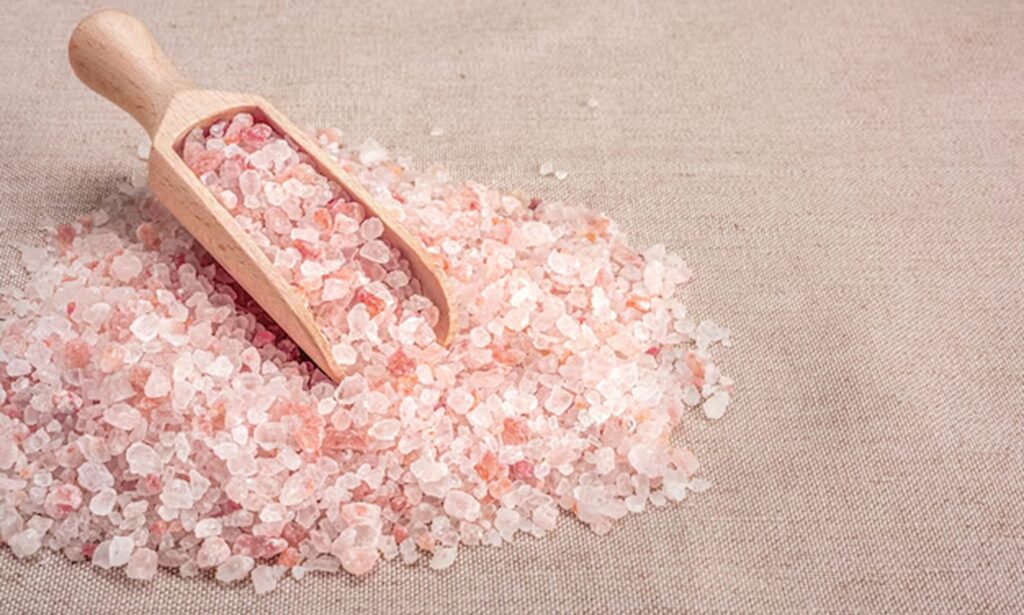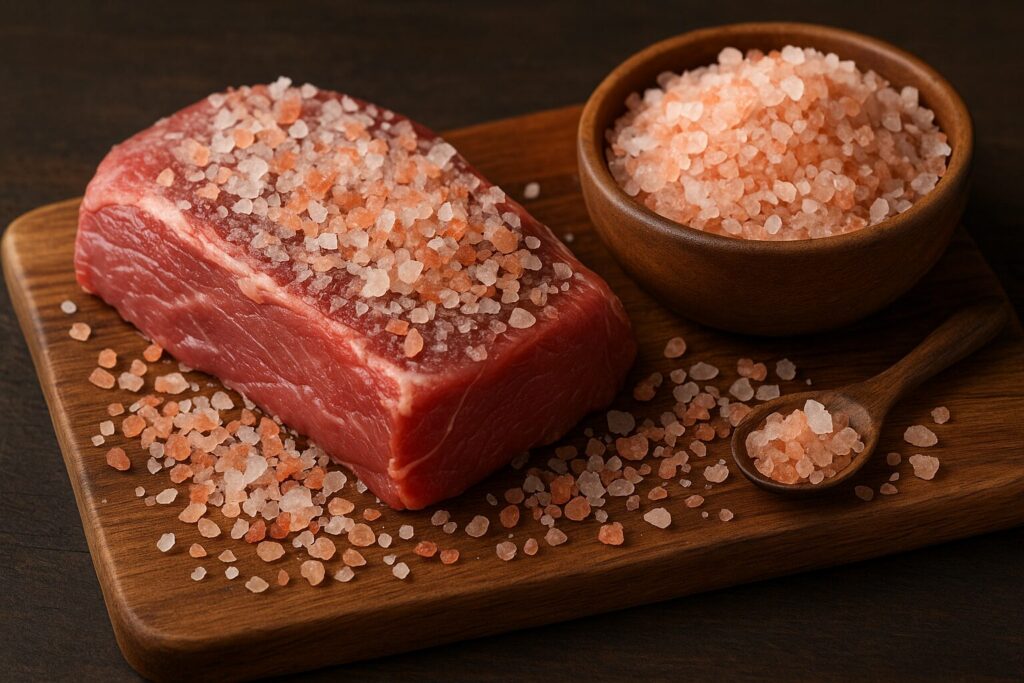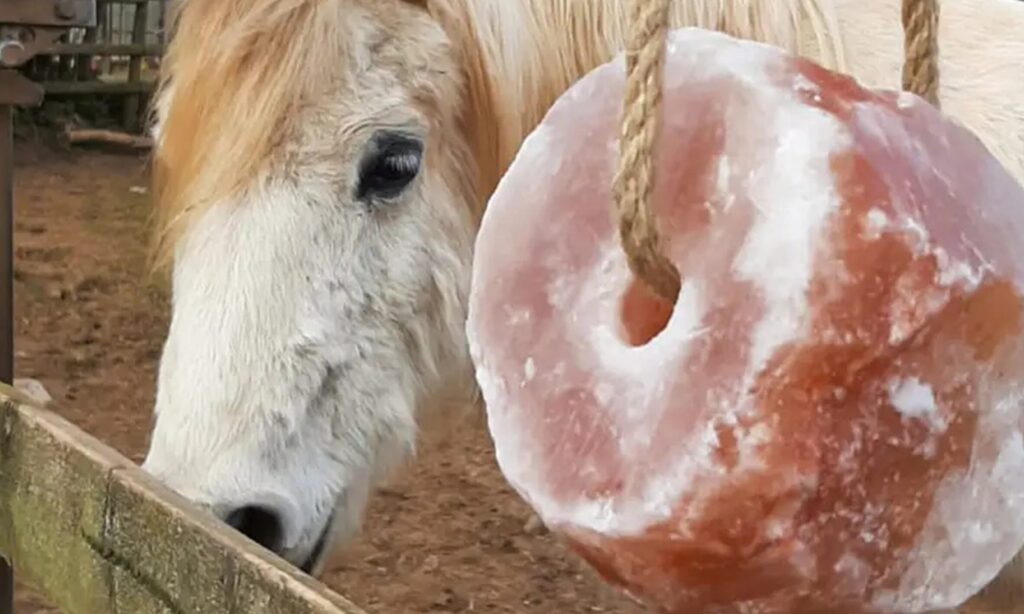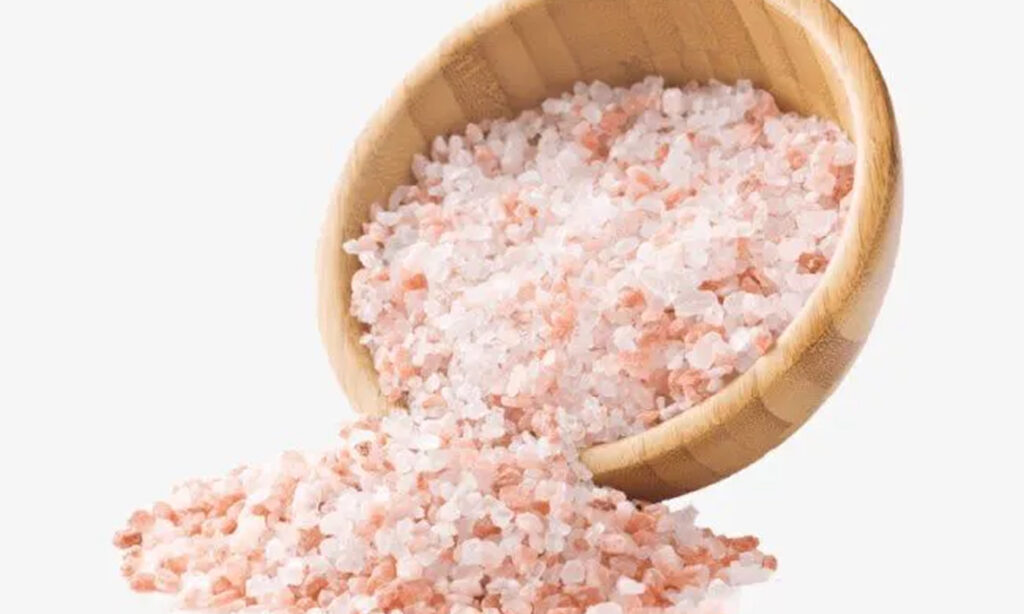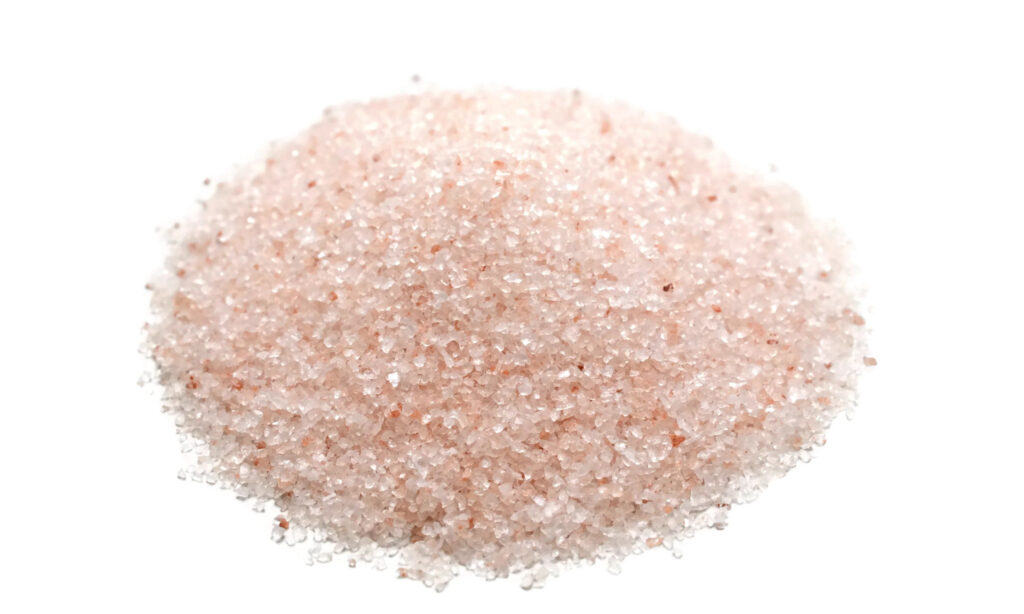Himalayan salt textile applications are gaining popularity in industrial sectors, especially in leather processing and textile dyeing. Sourced directly from the foothills of Pakistan, this mineral rich rock salt is not only used in kitchens and spas but also in heavy duty industrial use where purity matters most.
Let’s explore how Himalayan salt textile solutions are revolutionizing fabric and leather manufacturing globally.
Why Himalayan Salt Textile Solutions Are in Demand
From dye fixation in cotton to tanning hides in leather industries, Himalayan salt textile applications are essential for eco conscious manufacturers. Unlike chemically processed salts, raw Himalayan rock salt contains over 80 minerals that can enhance textile absorption and fiber integrity.
These benefits explain the rise in demand among textile dyeing units and leather tanneries worldwide.
Bulk Himalayan Salt for Leather Processing
When used in bulk Himalayan salt for leather processing, the salt acts as a natural preservative, keeping hides from bacterial decay before they’re tanned. The high sodium chloride content ensures longevity, cleanliness, and flexibility in hides.
Industrial buyers prefer Himalayan salt textile grades for their cleaner, mineral-rich profiles that align with environmental standards.
Himalayan Salt for Textile Dyeing Units
Salt is crucial in dyeing units to fix colors onto fibers. Himalayan salt for textile dyeing units stands out for its effectiveness in locking vibrant dyes onto cotton, silk, and wool.
Manufacturers appreciate its high solubility and purity, making it a consistent performer for repeat dye jobs. For larger dyeing houses, switching to Himalayan salt textile products in bulk can enhance both quality and sustainability.
Raw Himalayan Salt for Leather Production
Raw Himalayan salt for leather production is widely used during the curing phase of animal hides. The natural crystal structure allows even coverage and quick moisture absorption.
Unlike synthetic salts, Himalayan salt textile solutions ensure that hides remain soft and workable while being processed in a natural way.
Benefits of Himalayan Rock Salt for Industrial Use
Here are key benefits of Himalayan rock salt for industrial use:
High mineral content improves dye absorption and leather flexibility
Low impurities reduce residue in dye baths
Eco-friendly alternative to chemically treated salts
Available in large grains or powder form for versatile use
All these qualities make Himalayan salt textile products the preferred option for conscious brands and bulk manufacturers.
How to Buy Himalayan Salt for Textile Factories
If you plan to buy Himalayan salt for textile factories, choose a supplier offering consistent quality and certification. Some manufacturers like Unique Mineral offer B2B supply contracts with customizable grain sizes, packaging, and delivery terms.
For wholesale orders, verify:
Product origin (Khewra or similar mines)
NaCl content above 98%
Free from harmful metals
Moisture levels below 0.1%
Always ensure your Himalayan salt textile grade meets the technical specifications of your equipment and dye systems.
Quality Tips When Sourcing in Bulk
When sourcing Himalayan salt textile products in bulk:
Request samples before confirming orders
Ask for third party lab test reports
Check for anti caking treatments if you use automated feeders
Use moisture resistant packaging
Unique Mineral is one trusted exporter that meets these standards, providing bulk Himalayan salt tailored for textile and leather applications.
Where to Buy from Trusted Suppliers
Looking to buy Himalayan salt for textile factories or bulk leather processing units? Consider these sourcing options:
Unique Mineral – Trusted B2B supplier from Pakistan
Alibaba – Multiple certified vendors offering private labels
TradeKey – B2B platform with filterable salt categories
Always opt for suppliers who specialize in Himalayan salt textile solutions, not just general salt exports.
Himalayan salt textile uses in the industrial sector are both practical and sustainable. Whether you are in fabric dyeing or leather tanning, this mineral salt brings consistent results with eco-friendly benefits.
Its natural properties make it ideal for replacing chemical salts without compromising performance. Choose a supplier who understands your technical needs, and you’ll experience smoother production and better end products.
Application Processes and Industry Insights
The Himalayan salt textile industry is expanding rapidly due to rising global demand for cleaner production in dye houses and leather units. Many manufacturers in Europe, Asia, and the Middle East are switching from chemically treated salts to Himalayan salt textile grades for ethical and regulatory reasons.
Application in Dyeing Process:
In a typical dye bath, Himalayan salt helps fibers absorb color evenly. It reduces dye bleeding, improves fabric softness, and ensures minimal wastewater contamination. For textile factories using reactive and vat dyes, Himalayan salt textile performs exceptionally well, especially with natural fibers like cotton and rayon.
Application in Leather Processing:
Leather units rely on bulk Himalayan salt for leather processing to preserve hides before tanning. Salt draws out moisture, reduces microbial growth, and maintains hide flexibility. After salting, hides are rinsed and processed further with tanning agents.
Market Trends and Export Insights:
With more countries tightening environmental regulations, demand for raw Himalayan salt for leather production is climbing. Buyers from Germany, Turkey, and India are now placing long term supply contracts with salt exporters in Pakistan, particularly from Khewra and Kalabagh regions.
As prices remain competitive, many B2B buyers are turning to Unique Mineral for private label solutions. This supplier offers bulk packaging in 25kg, 50kg, or custom size bags ideal for automated loading systems.
To stay competitive in global markets, textile and leather brands must ensure they’re using non toxic, sustainable inputs making Himalayan salt textile an essential raw material for the future.
FAQs
Because Himalayan salt textile grains help fix dyes into fabrics, resulting in brighter and longer lasting colors.
Yes, it is widely used for leather preservation and tanning due to its natural mineral content and antibacterial properties.
Technically yes, but industrial-grade Himalayan salt textile types are more cost effective and better suited for large scale production.
Properly stored in dry conditions, bulk Himalayan salt can last indefinitely without losing its effectiveness.
Suppliers like Unique Mineral or verified B2B platforms such as Alibaba and TradeIndia are excellent sources for Himalayan salt textile purchases.


